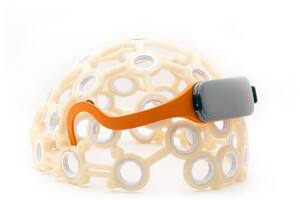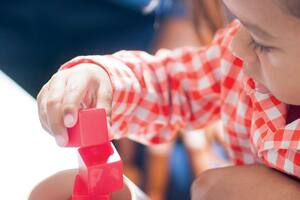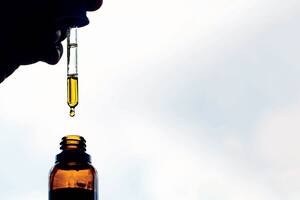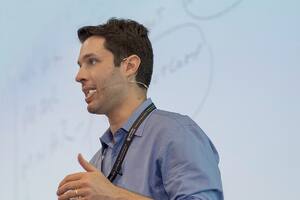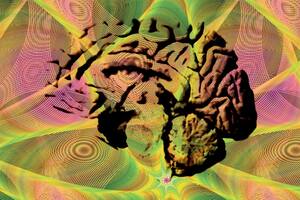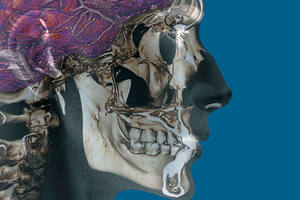Neuroscience
NEUROSCIENCE
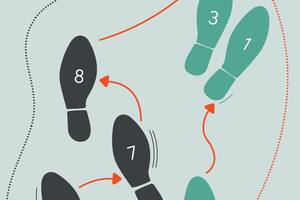
A statistical brain
Experiment involving structured sequences of sounds and silences corroborates long-held conjecture that the brain uses probabilistic models to anticipate events
By Redação
Tecnology

Writing with the mind
A brain-to-computer interface has allowed a 65-year-old man paralyzed from the neck down to quickly write text on a computer screen by imagining himself writing the letters by hand
By Redação
COVID-19

The months-long consequences of COVID-19
The long-term effects of COVID-19 are becoming clearer
By Redação
Neuroscience
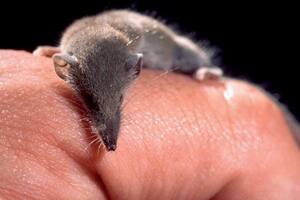
Brains shrink to save energy
In adverse conditions, such as when it is cold or food is scarce, the brain of some rodents shrinks in size, helping to conserve energy
By Redação
COVID-19

Coronavirus and the brain
A study confirms that the novel coronavirus can infect different types of brain cells, and may be capable of directly damaging the brain
By Redação
Neurosciences
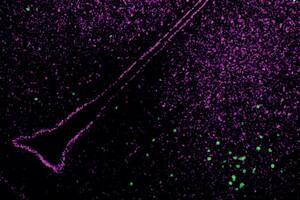
A smell, a response
Mouse brain activates a distinct set of neurons in response to different animal odors
Covid-19
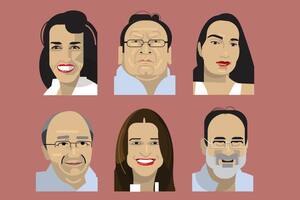
Research during quarantine
Fernando Carvall“When I saw the results, I thought: this virus is going to infect everyone” The first reports about the disease in China sparked my curiosity. The Chinese discovered that the virus enters the cells via the angiotensin-converting enzyme 2 [ACE2] receptor. Its expression depends on the ACE2 gene, which plays an important role in... View Article
By Redação
Neuroscience
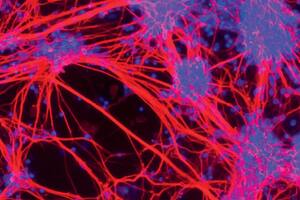
Early deficit
People with Huntington's disease tend to produce fewer neurons since birth
Virology

The Zika virus and astrocytes
First isolated in Africa in 1947, the Zika virus has a predilection for brain cells
By Redação
Physiology

The orphans of the Romanian dictatorship
Adults who were deprived of food and social contact in their early years have smaller brains, according to a study
By Redação
Biology
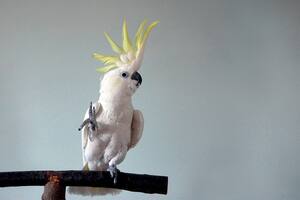
The cockatoo that just wants to have fun
The bird's rhythmic behavior can provide insights into how this parrot species' brain functions
By Redação
Neuroscience
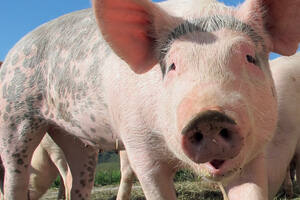
Partially revived brains
Researchers partially revived the brains of pigs four hours after the animals were slaughtered for human consumption
By Redação
Medicine
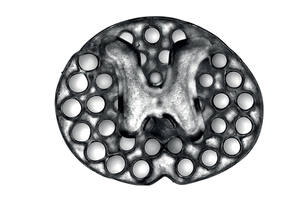
Scaffolds aid neuron regeneration
Neuroscientists and nanoengineering experts have developed 3D-printable scaffolds compatible with living tissue that in the future could be used to treat spinal cord injuries
By Redação
Neuroscience
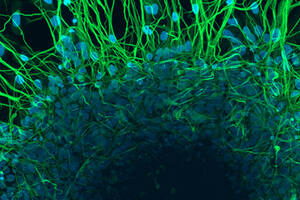
Pain neurons grown in a laboratory
Brazilian researchers have developed human sensory neurons in a laboratory for the first time
By Redação
NEUROLOGY
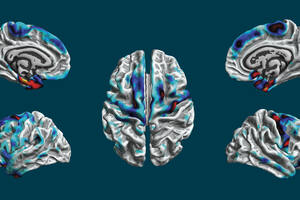
Signs of Epilepsy
International study of brain scans suggests a link between the disease and cerebral atrophy
By Suzel Tunes
Cover

The mechanisms of aging
Studies of living cells and organisms identify genetic and molecular phenomena associated with physical and mental decline
By Marcos Pivetta and Ricardo Zorzetto
Health
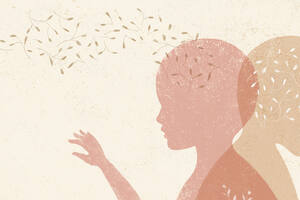
Another possible cause of autism
Inflammation reduces connections in neurons generated in the lab using cells from the teeth of children with the neurological disorder
By Diego Freire
ECNP Preclinical Network Data
An award for studies with negative results
An award for studies with negative results
By Redação
Medicine

Autism – another possible cause
Inflammation reduces neuron conections of children with the disorder
By Redação
